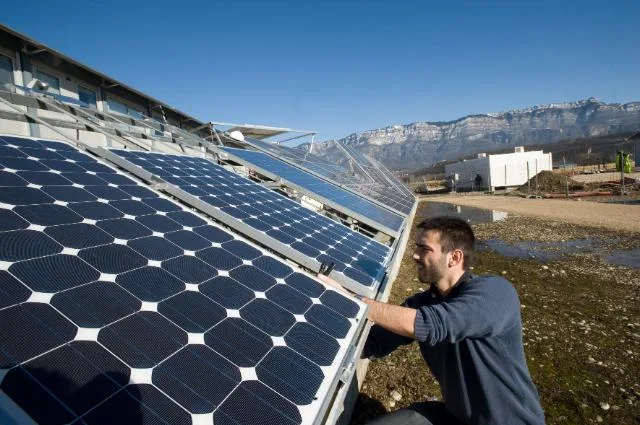Strasbourg, from the correspondent – Agreement: It took only three interinstitutional meetings for negotiators from the European Parliament and the EU Council to reach an agreement on the ‘Net-Zero Industry Act’, the regulation to develop a zero-emissions industry, the last remaining pillar to be approved of the Industrial Plan for the Green Deal announced by the European Commission last year. A “Made in Europe” response to the Inflation Reduction Act, the massive nearly $370 billion green subsidy plan launched by the US administration to boost investment in clean technologies.
The law for technologies that can contribute to net-zero (i.e., to achieving the goal of net-zero emissions by mid-century) consists of faster permits, strategic projects to decarbonize European industry by 2030, and a set of key technologies with which to achieve it, from solar panels to heat pumps and grid expansion technologies.
The co-legislators maintained the main objectives of the European Commission’s regulation: by 2030, that is the set target, the European Union must be able to produce 40 per cent of the annual requirements of technology needed to meet the transition goals. The political understanding also includes a specific target for CO2 capture and storage, with an annual injection capacity of at least 50 million tons to be achieved by 2030.
Compared to the original proposal and at the urging of the parliament, EU negotiators decided to draw up a single list of net-zero technologies considered critical to achieving “Made in Europe” production targets, including nuclear power. The Commission’s proposal made a distinction between “strategic” and “non-strategic” net-zero technologies, which was dropped in the final agreement. Projects with the potential to decarbonize will be eligible for accelerated permitting procedures for construction or expansion and guidance for accessing financing.
The time limit for granting a permit for the construction or expansion of large manufacturing projects with net zero-emission technology (more than 1 gigawatt), as well as those not measured in gigawatts, will be a maximum of 18 months. For smaller projects (less than 1 gigawatt), the permit deadline is one year. Also prompted by the parliament, the agreement calls for the voluntary promotion of zero-emission industrial valleys, i.e., a grouping of industrial activities of the same type to reduce environmental impact and provide symbiosis.
As for auctions for the development of renewable energy-related technologies, the agreement stipulates that the state can apply both prequalification and non-price award criteria, such as environmental sustainability, contribution to innovation, or integration of energy systems. These criteria will have to apply to at least 30 per cent of the volume auctioned each year per member state. The tentative agreement reached with the European Parliament must now be approved and formally adopted by both institutions.
“NZIA will strengthen the EU’s clean energy capacity, increase our competitiveness and industrial resilience,” comments European Commission President Ursula von der Leyen after the agreement, “And create clean, quality jobs. Ensuring that we are well equipped to meet our climate goals.”
English version by the Translation Service of Withub





